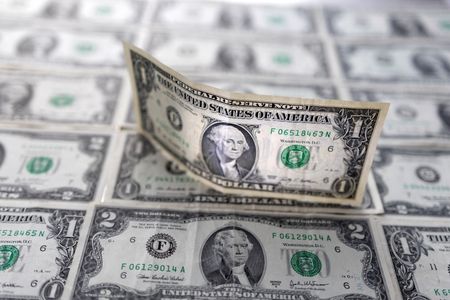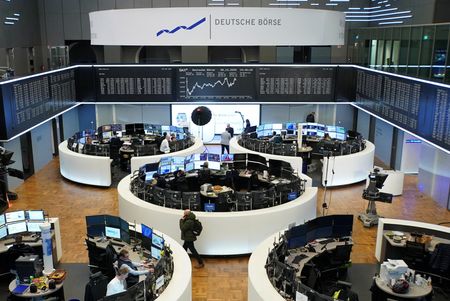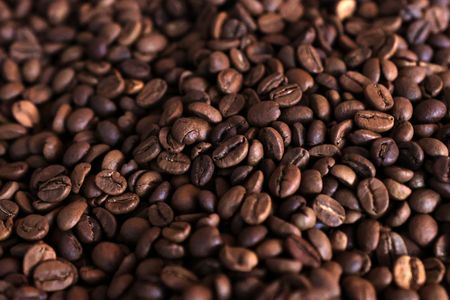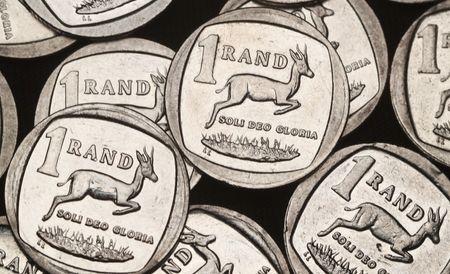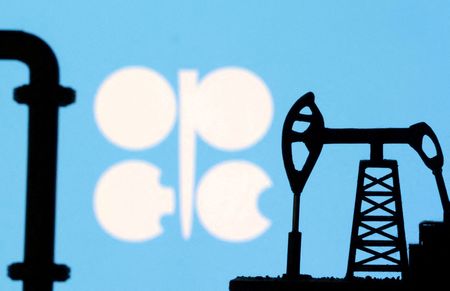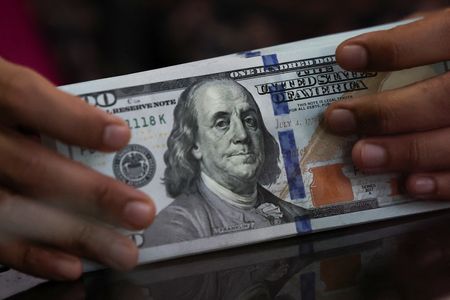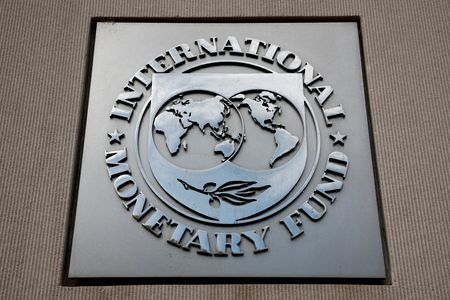By Kevin Buckland and Alun John
TOKYO/LONDON (Reuters) -The dollar ticked up against European peers on Wednesday, particularly the pound, helped by signs the U.S. and China are set to agree a trade war truce, and as traders awaited the Federal Reserve meeting later in the day.
U.S. President Donald Trump said in a speech in South Korea, where he is scheduled to meet Chinese counterpart Xi Jinping on Thursday, that he thought they would get a “great deal” done for both sides, while sources told Reuters that China’s state-owned COFCO bought three U.S. soybean cargoes this week in another sign of denouement.
Trump expects to reduce U.S. tariffs on Chinese goods in exchange for Beijing’s commitment to curb exports of fentanyl precursor chemicals, he said.
The dollar’s strength “may be some kind of relief from the Trump tariff festival”, said Bart Wakabayashi, Tokyo branch manager at State Street.
“The dollar has been sold quite a bit for an extended period of time, so I do think there’s more of a market mechanism that at some point it’s going to rebound, and it can be overly reactive.”
The euro dipped 0.2% to $1.1628, set to snap a five-day streak of gains, and the dollar also rose 0.4% against the Swiss franc to 0.7969, moving further off last month’s multi-year lows.
WAITING FOR THE FED
The U.S. Federal Reserve’s meeting later in the day is also top of mind. Traders see it as all but certain to cut rates as policymakers steer the economy based on limited data that has nevertheless supported concerns about a weakening jobs market.
Market pricing indicates a further rate reduction is expected in December, with two more by July next year, so investors will be watching to see if data-starved Fed Chair Jerome Powell’s press conference will change that.
Both the European Central Bank and the Bank of Japan are expected to hold rates steady on Thursday.
The yen was a fraction weaker at 152.31 per dollar. It briefly strengthened after U.S. Treasury Secretary Scott Bessent posted on X that the Japanese government’s “willingness to allow the Bank of Japan policy space will be key to anchoring inflation expectations and avoiding excess exchange rate volatility”.
Bessent, who was in Japan with Trump for talks with the newly-formed government of Prime Minister Sanae Takaichi, has repeatedly criticised the BOJ for its slow pace of rate hikes.
STERLING AND AUSSIE
Britain’s pound and the Australian dollar were also big movers, linked to changes in central bank policy expectations, though the Bank of England and Reserve Bank of Australia don’t meet until next week.
Sterling shed as much as 0.45% against the dollar to $1.3198, its lowest in nearly three months, as markets see an increasing chance of a BoE rate cut this year, and maybe as early as next week.
Goldman Sachs said on Tuesday it expected the BoE to cut rates next month, having previously seen no easing this year.
The pound hit its weakest in over two years versus the euro and is at its weakest against the Swiss franc since September 2022.
The Aussie dollar reversed an earlier decline to rise 0.22% to $0.66005 after hotter-than-expected quarterly consumer price data threw into doubt a rate cut from the RBA next week, or even at the following meeting in December.
“The earliest the (RBA board) will be in a position to get more comfort on inflation is with the next quarterly print ahead of the February 2026 meeting,” said Luci Ellis, chief economist at Westpac.
“Even a February cut is far from certain now, given the size of the upside surprise (for inflation) this quarter.”
(Editing Kim Coghill and Mark Potter)

